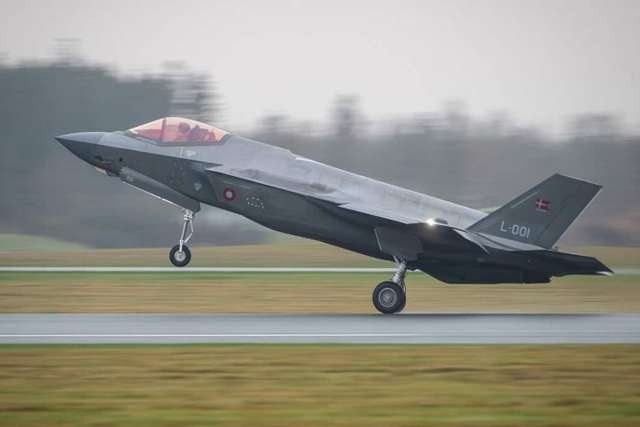Oshkosh To Continue Work On JLTV As Federal Judge Rejects Lockheed Martin’s Injunction Request

Oshkosh Defense, LLC will continue working on the Joint Light Tactical Vehicle (JLTV) production contract as the U.S. Court of Federal Claims judge has rejected Lockheed Martin’s request to stop the work while a lawsuit is pending.
The lawsuit over the Army’s decision to award Oshkosh a contract to build its Humvee replacement was filed by its rival Lockheed Martin in September which was rejected by the Government Accountability Office. Lockheed then decided to take its complaint to federal court in December.
On February 11, 2016, the U.S. Court of Federal Claims denied the injunction, permitting Oshkosh to continue working under the JLTV contract.
The JLTV program, which is cited among the Department of Defense’s highest modernization priorities, is charged with providing greater protection and off-road mobility for American troops as they perform future combat operations virtually anywhere in the world.
“This decision is another indication that the U.S. Army conducted a thorough, methodical procurement process, and we are confident that the original JLTV contract award to Oshkosh will be upheld,” said Wilson R. Jones, Oshkosh Corporation president and chief executive officer. “The Oshkosh JLTV team, including our employees and hundreds of suppliers, is pleased to continue our work to deliver JLTVs to our nation’s Soldiers and Marines.”
The JLTV program fills a critical capability gap for the U.S. Army and Marine Corps by replacing a large portion of the legacy HMMWV fleet with a modern light vehicle that provides unprecedented protection and off-road mobility, as well as transportability via air, land and sea. The $6.7 billion JLTV production contract calls for Oshkosh to deliver a total volume of nearly 17,000 vehicles, as well as kits and sustainment services over an eight-year period.









